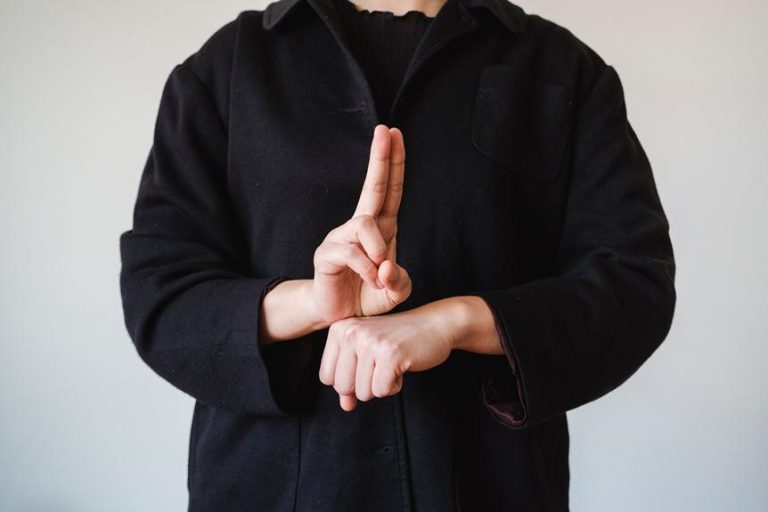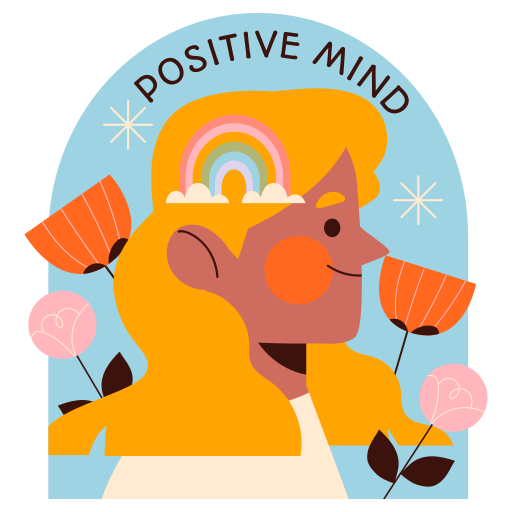Have you ever wondered why we sometimes misjudge people or misunderstand their intentions? Well, let's unravel the fascinating world of social perception, where our views of others can be influenced by stereotypes and our own biases. In the intricate dance of human interactions, our minds take shortcuts that may not always lead to accurate understandings. From assuming things based on stereotypes to seeing things only from our perspective, our perceptions can sometimes be tricky to navigate. As we peel back the layers of social perception, we discover that getting to know someone isn't always as simple as it seems. Let's explore how our views of others are shaped and how we can strive to see people for who they truly are.
Stereotyping and Generalization
Stereotyping and generalization, prevalent phenomena in social perception, involve the oversimplification and categorization of entire groups based on limited characteristics or experiences. This process leads to assumptions being made about individuals not based on their unique traits but on their group affiliation. Societal norms, media portrayals, and personal biases heavily influence the formation of stereotypes, perpetuating unfair treatment, discrimination, and the reinforcement of prejudice within communities. These biases can result in individuals being judged or treated unfairly solely because they belong to a particular group, without considering their individual merits. Overcoming stereotypes necessitates a conscious effort to challenge preconceived notions, foster empathy, and promote understanding of the complexities that exist within each person beyond their group identity. By recognizing and actively addressing the impact of stereotyping and generalization, societies can work towards creating more inclusive and equitable environments for all individuals, irrespective of their group affiliations.
Egocentric Bias and Self-Centeredness
Egocentric bias and self-centeredness manifest in social perception through the tendency to project one's own perspectives onto others, leading to potential misinterpretations of their thoughts and actions. This phenomenon can result in overestimating the commonality of beliefs, attitudes, and behaviors with others, hindering effective communication and understanding in social interactions. Individuals often make assumptions about others based on their own viewpoints, creating a distorted lens through which they perceive the world. Research indicates that egocentric bias stems from the innate human inclination to prioritize personal experiences when interpreting the actions of others. Overcoming egocentric bias necessitates mindfulness, empathy, and actively seeking different perspectives to enhance social perception. By acknowledging and challenging these assumptions, individuals can cultivate a more nuanced understanding of others, promoting more accurate interpretations and fostering improved communication in various social contexts.
Fundamental Attribution Error and Blaming
In social perception, the Fundamental Attribution Error pertains to the tendency to attribute others' behaviors to dispositional factors over situational influences, often resulting in a propensity to blame individuals while excusing oneself. This bias leads individuals to underemphasize the impact of external circumstances on behavior and instead overemphasize internal characteristics of the person. By overestimating the role of personal traits, individuals engaging in the Fundamental Attribution Error may overlook the situational constraints that could have influenced someone's actions. This error can result in misunderstandings, conflicts, and inaccurate judgments in interpersonal interactions. Recognizing and understanding this phenomenon is vital for improving social perception and communication. By being aware of the Fundamental Attribution Error, individuals can strive to consider both dispositional and situational factors when evaluating behavior, thus reducing the likelihood of unfairly blaming others and fostering more accurate and empathetic social judgments.
Out-Group Homogeneity and Similarity Perception
The out-group homogeneity bias, a cognitive tendency prevalent in social perception, influences individuals to perceive members of an out-group as more similar to each other than they truly are. This bias can lead to oversimplification and stereotyping, inhibiting the recognition of diversity within out-groups. The struggle to see unique characteristics within out-groups due to this bias can exacerbate prejudice, discrimination, and intergroup conflict. Overcoming the out-group homogeneity bias involves actively acknowledging and appreciating the diversity present within these groups. By consciously challenging the tendency to oversimplify and stereotype out-group members, individuals can begin to break down barriers, foster understanding, and promote inclusivity in their perceptions and interactions. Understanding the impact of this bias is crucial in promoting social harmony and mitigating the negative consequences of prejudice and discrimination.
How Do Our Social Perceptions Shape Our Views on the Subjectivity/Objectivity Debate?
The perception debate continues to shape our understanding of subjectivity and objectivity. Our social perceptions heavily influence how we view this debate. Depending on our background and experiences, we may lean towards one side over the other. It’s important to consider how our perceptions impact our views on this intellectual discussion.
Self-Fulfilling Prophecy and Expectation Influence
How do beliefs or expectations about individuals influence their behaviors, leading to outcomes that align with those initial perceptions? Self-fulfilling prophecy is a powerful psychological concept where one's beliefs or expectations about a person can impact that individual's actions, ultimately confirming the initial perception. This phenomenon has a significant impact on various aspects of life, including academic performance and personal relationships. For instance, when teachers hold high expectations for certain students, those students tend to perform better academically due to the self-fulfilling prophecy effect. Similarly, in personal relationships or work settings, when individuals are perceived in a certain way, they may start behaving in a manner consistent with those expectations.
To illustrate the impact of self-fulfilling prophecies further, consider the following table:
| Aspect | Influence | Example |
|---|---|---|
| Academic Performance | Teachers' expectations can affect students' academic achievements | High expectations lead to better grades |
| Personal Relationships | Partner's beliefs about a person may shape how that person behaves | Positive expectations can enhance relationships |
| Job Performance | Employers' perceptions of employees can influence their work outcomes | High expectations may lead to promotions |
Awareness of self-fulfilling prophecies is crucial as it empowers individuals to recognize and break negative cycles, fostering more positive outcomes in diverse areas of life.
Frequently Asked Questions
What Is an Example of Perception of a Person in Real Life?
When forming perceptions of individuals in real life, factors such as body language, facial expressions, verbal cues, and clothing choices play crucial roles. First impressions can be influenced by stereotypes, cultural backgrounds, personal experiences, social media presence, and group dynamics.
How Our Perceptions Shape Our Reality?
Our perceptions shape reality through a complex interplay of cultural influences, media portrayal, personal experiences, and cognitive biases. They influence emotional responses, social interactions, and unconscious judgments, with factors like stereotypes, body language, and environmental cues playing pivotal roles.
How Does Perception Influence How We See Others?
Perception influences our views of others through cultural stereotypes, body language, facial expressions, personal experiences, social media, group dynamics, first impressions, prejudice and bias, nonverbal cues, and media portrayal. Understanding these factors is crucial for accurate social perceptions.
What Are the Three Major Influences on Social Perception?
The three major influences on social perception are cultural upbringing, media portrayal, and personal experiences. These factors shape how individuals interpret and understand social interactions, impacting the formation of stereotypes, group dynamics, and cognitive biases in social settings.

















